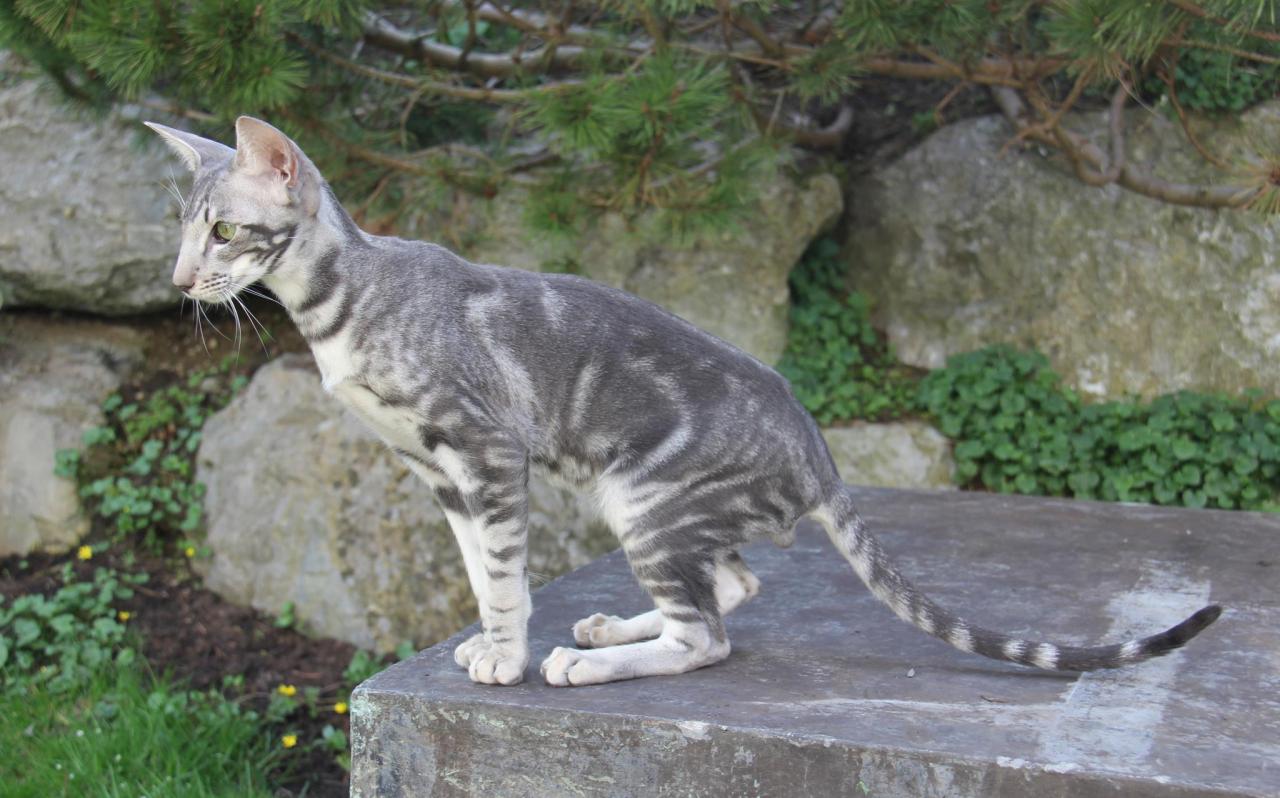

This includes the Manx, American Bobtail, Bengal, American Curl, and others. The tabby coat pattern can be found in mixed-breed cats and purebred cats. The tabby cat is a description of the coat pattern, not a breed of cat. The American Shorthair is well known for its silver classic tabby coat pattern. Despite this, classic tabbies are not rare. The classic tabby is the most common tabby pattern in the United Kingdom, but mackerel tabby is more prevalent elsewhere. However, researchers found the unique coat is caused by the same genes that were responsible for the blotched pattern in tabbies-leading to the conclusion that both cheetahs are the one species. In the wild, the king cheetah was thought to be a separate species from its feline counterparts. The domestic tabby feline isn’t the only cat to experience mutations of the Taqpep gene leading to unique coat patterns. Edn3 is a regulator of black (eumelanin) vs yellow (pheomelanin) pigment, and researchers think the expression of Taqpep is needed to establish a pattern of stripes in early development, which is carried out by Edn3 as the fur grows. Melanocytes are pigment-producing cells that give the skin, hair, and eyes their colour. Endothelin 3 (Edn3), provides instructions for making a protein called endothelin 3 leading to the determination of the colour of the coat.Įndothelin 3 and endothelin receptor type B play a role in the development of two neural crest-derived cell types, melanocytes, and enteric neurons. The Taqpep gene establishes the coat pattern during fetal development. With the help of a second gene called Endothelin 3 (Edn3), the coat colour and tabby pattern are determined. Ghost tabby markings Classic tabby pattern geneticsĪ 2012 study found that classic tabbies carry a mutated form of a gene called transmembrane aminopeptidase Q (Taqpep).

Sometimes it is possible to see faint ghost tabby markings on solid cats, especially kittens. Two classic tabbies cannot produce offspring with the mackerel tabby pattern, but a mackerel tabby cat can potentially produce offspring with the classic tabby pattern if they carry one copy of the t b gene, ie: T m/ t bĮven non-tabby cats carry tabby genes, however, other colours or patterns may hide the tabby patterns. The Abyssinian, Somali, Burmilla and Singapura all have ticked coats.Ĭlassic tabby is recessive to the wild-type mackerel tabby, which means the cat must inherit two copies of the t b gene, one from each parent t b/ t b.

Ticked ( T a): Also known as agouti tabby, the ticked tabby pattern has an agouti background, but no melanistic (tabby) stripes, sworls or spots.Classic ( t b) – The classic tabby has an agouti background, with thick swirls and whorls along the sides of the cat along with a dark bullseye.Spotted ( S p) – The spotted tabby pattern is essentially a mackerel tabby, but a modifier gene breaks up the fishbone stipes which creates spots.Mackerel ( T m) – Mackerel tabby is the wild-type pattern that consists of narrow stripes down the sides of the cat similar to that of a fish skeleton, hence the name.Types of tabby cat patternsĪll tabby cats have an agouti base, and the mackerel, spotted and classic have the addition of dark spots, stripes or sworls. Some residual stripes remain on the face and legs. One modifier gene breaks up the mackerel pattern into spots and the other removes the spots, stripes, or swirls of the dark tabby pattern. Three genes are responsible for the unique coloration of the tabby. All tabby patterns are made up of two components: the base colour of alternating light and dark bands on each hair and the overlying dark spots, swirls, or stripes. You’ll find the tabby coat in four patterns. Also known as blotched or marbled tabby, the classic tabby pattern consists of a light agouti (banded) ground colour with a melanistic overlay made up of lines, swirls, and whorls. Despite popular belief, the tabby is not a breed of cat but instead describes the coat of a cat.


 0 kommentar(er)
0 kommentar(er)
